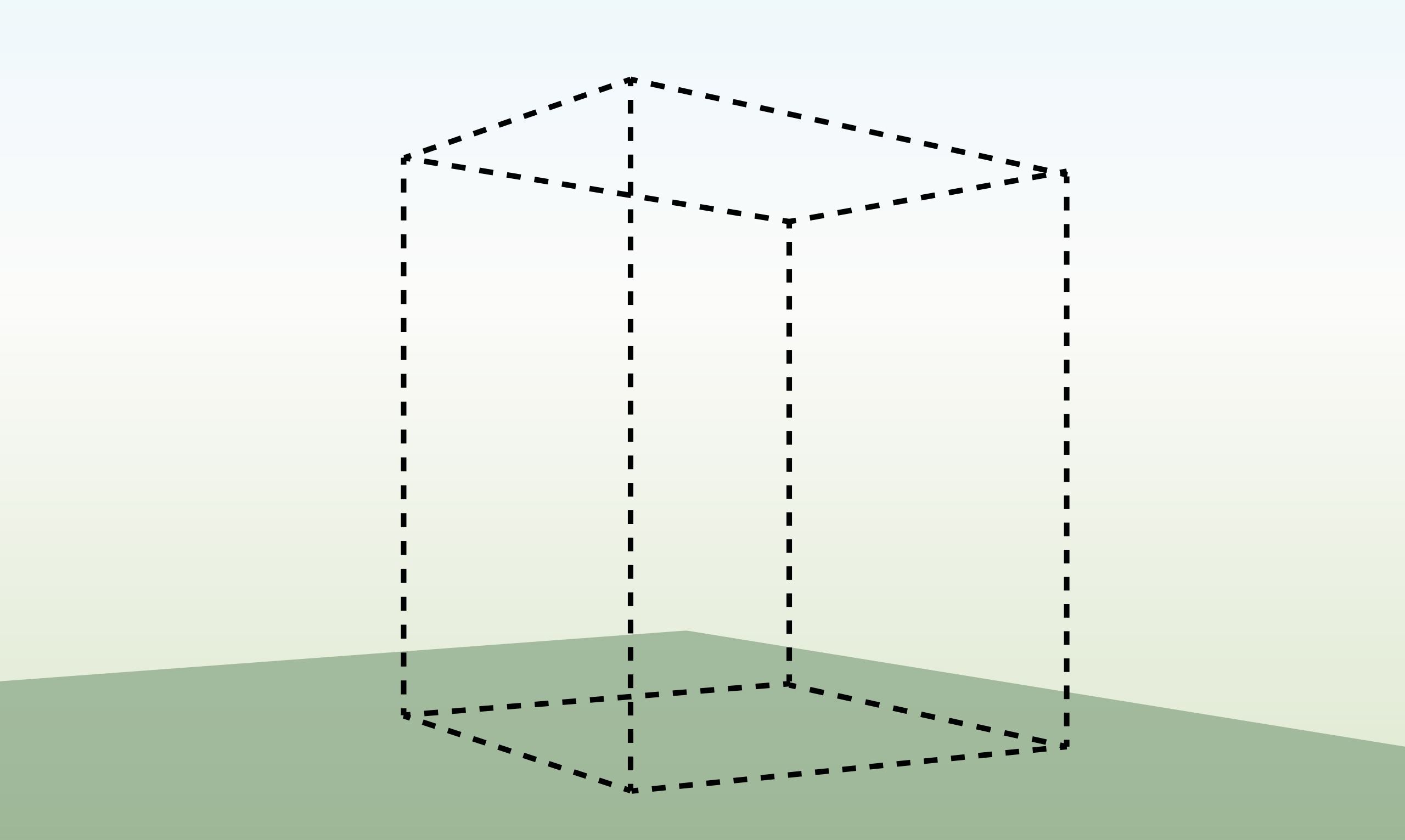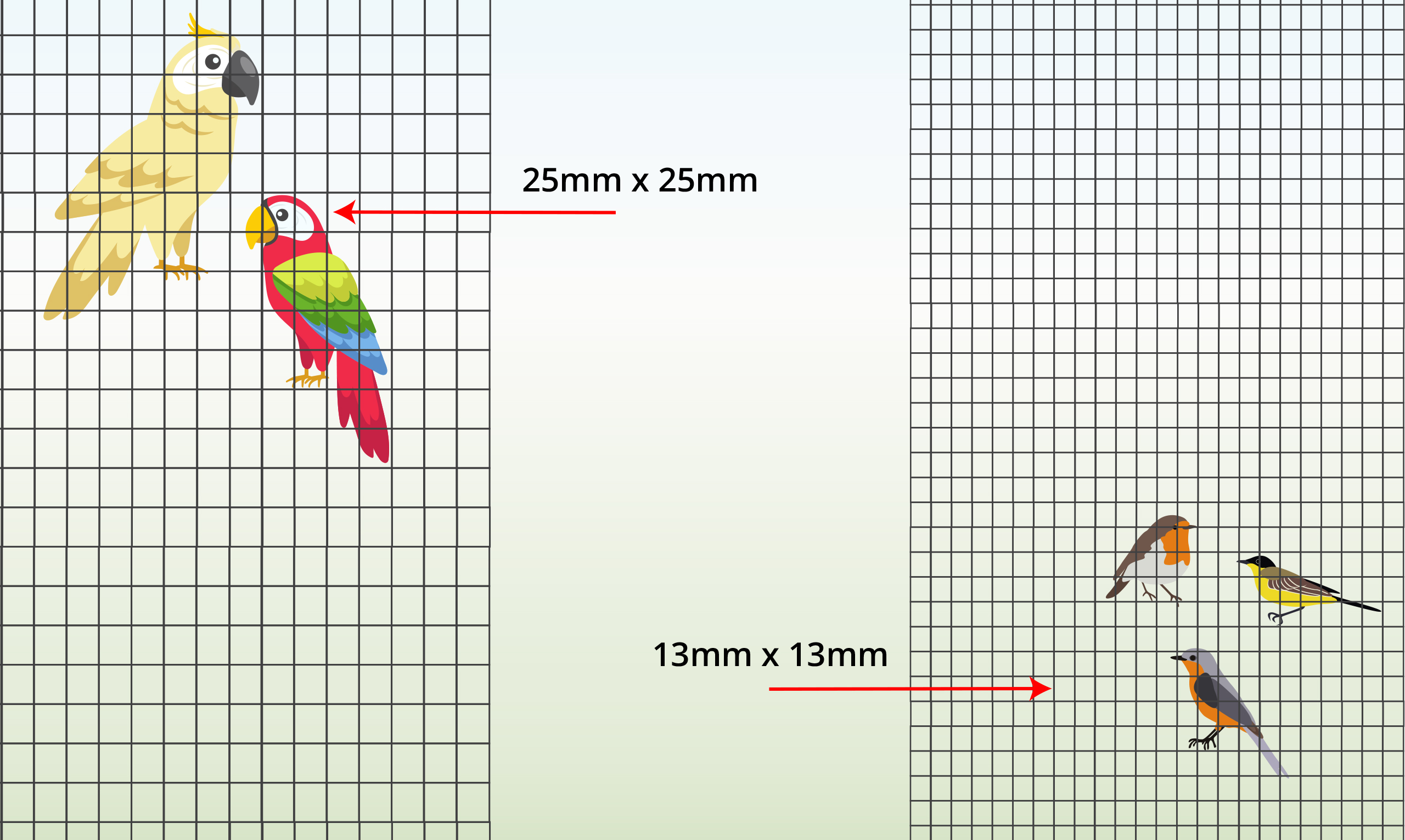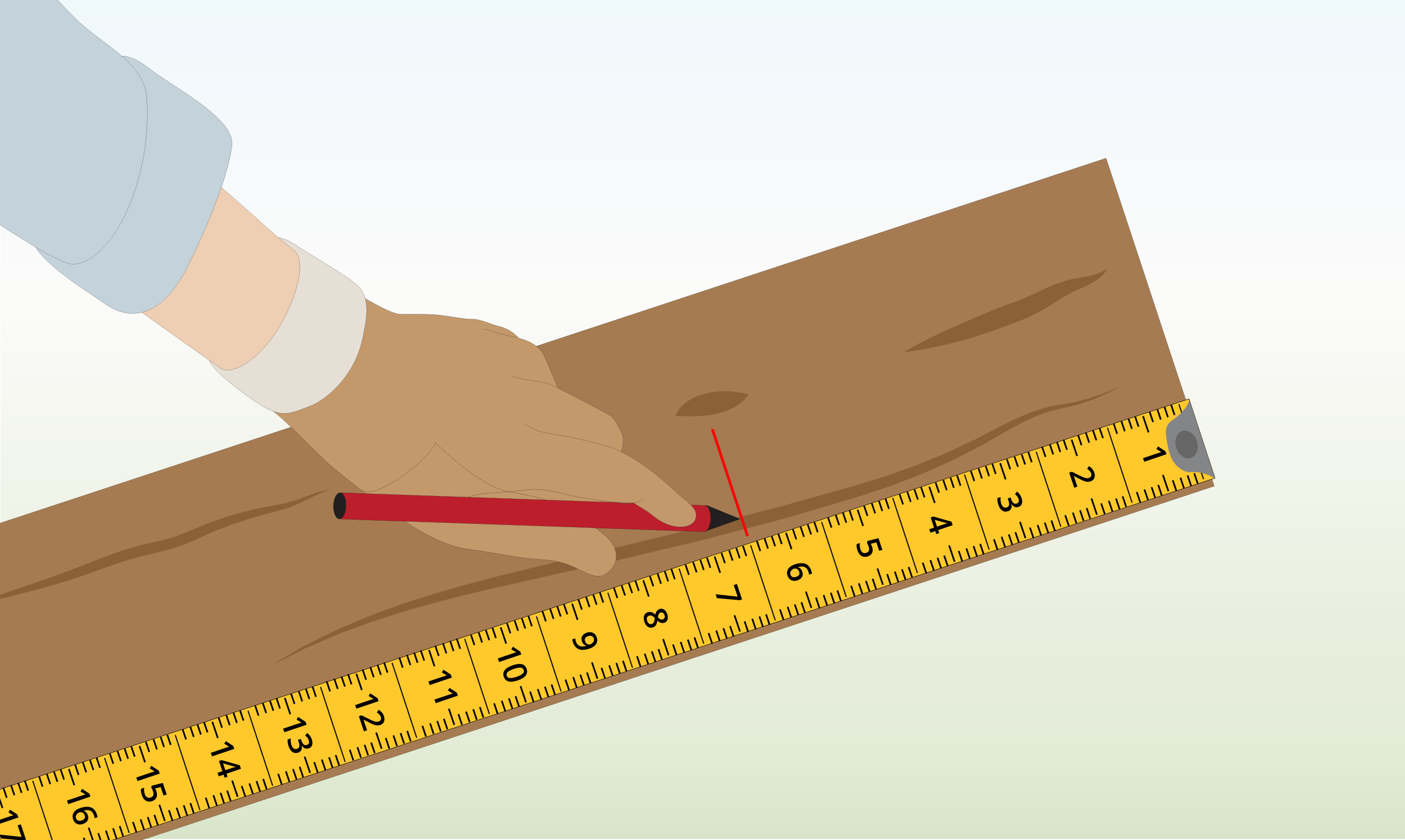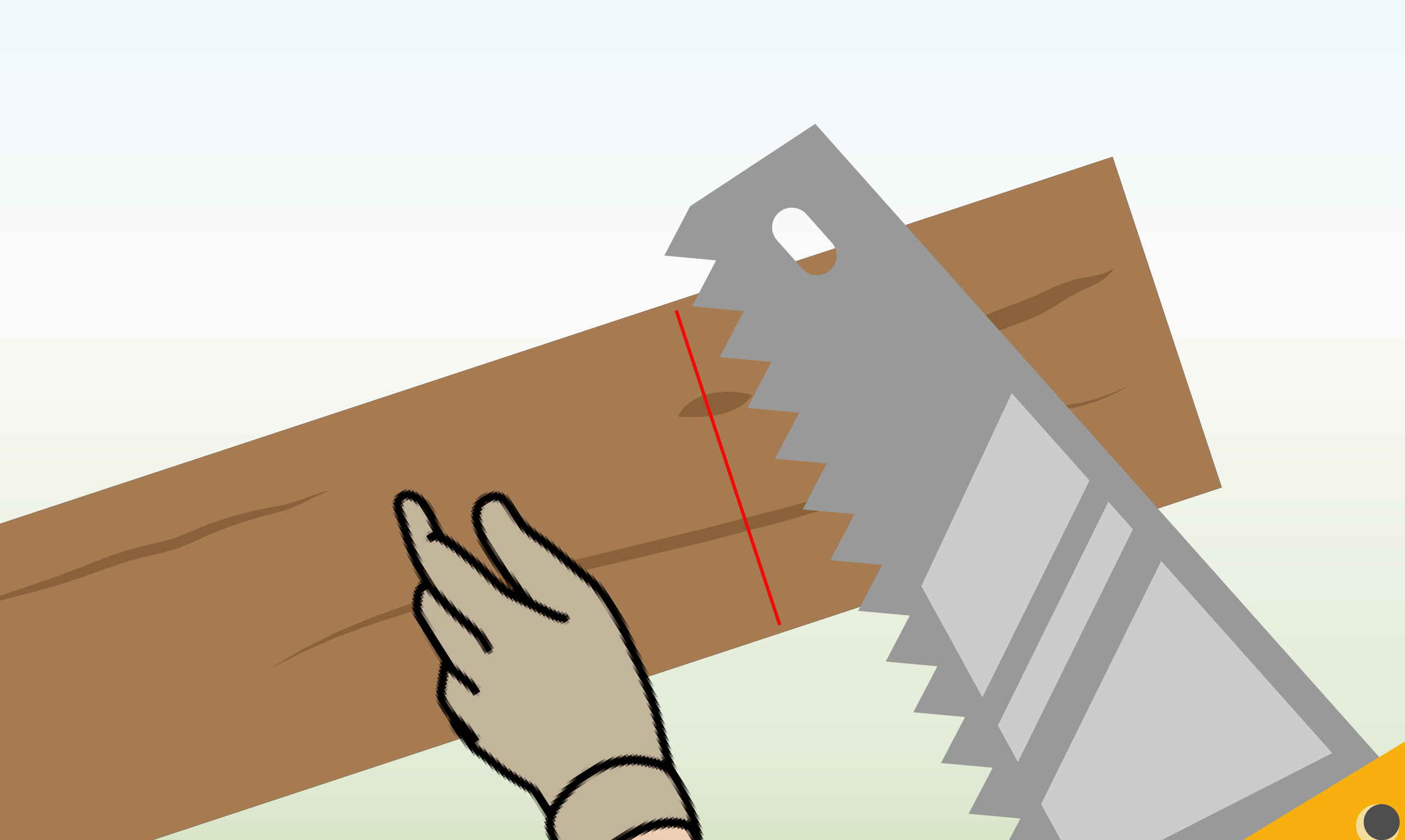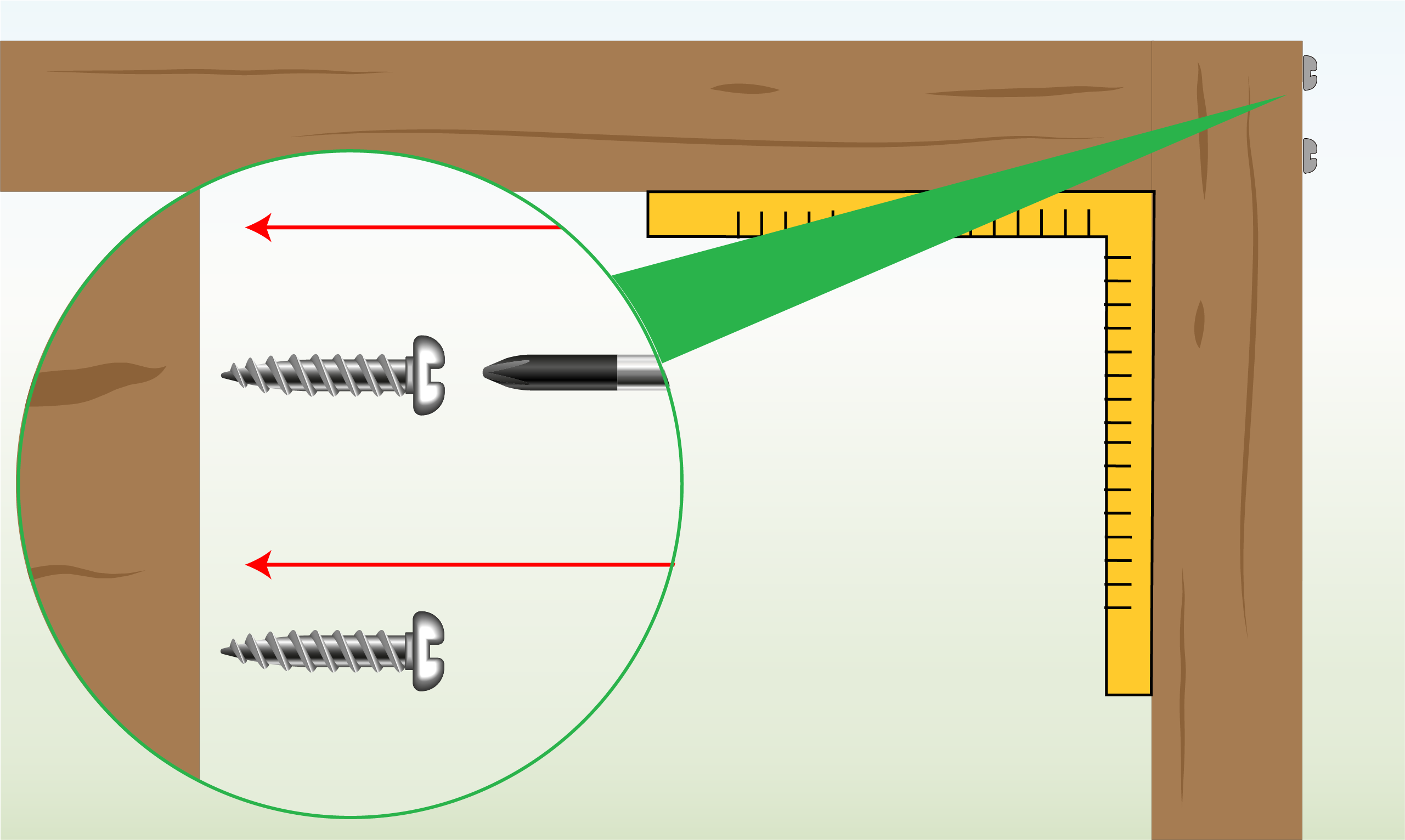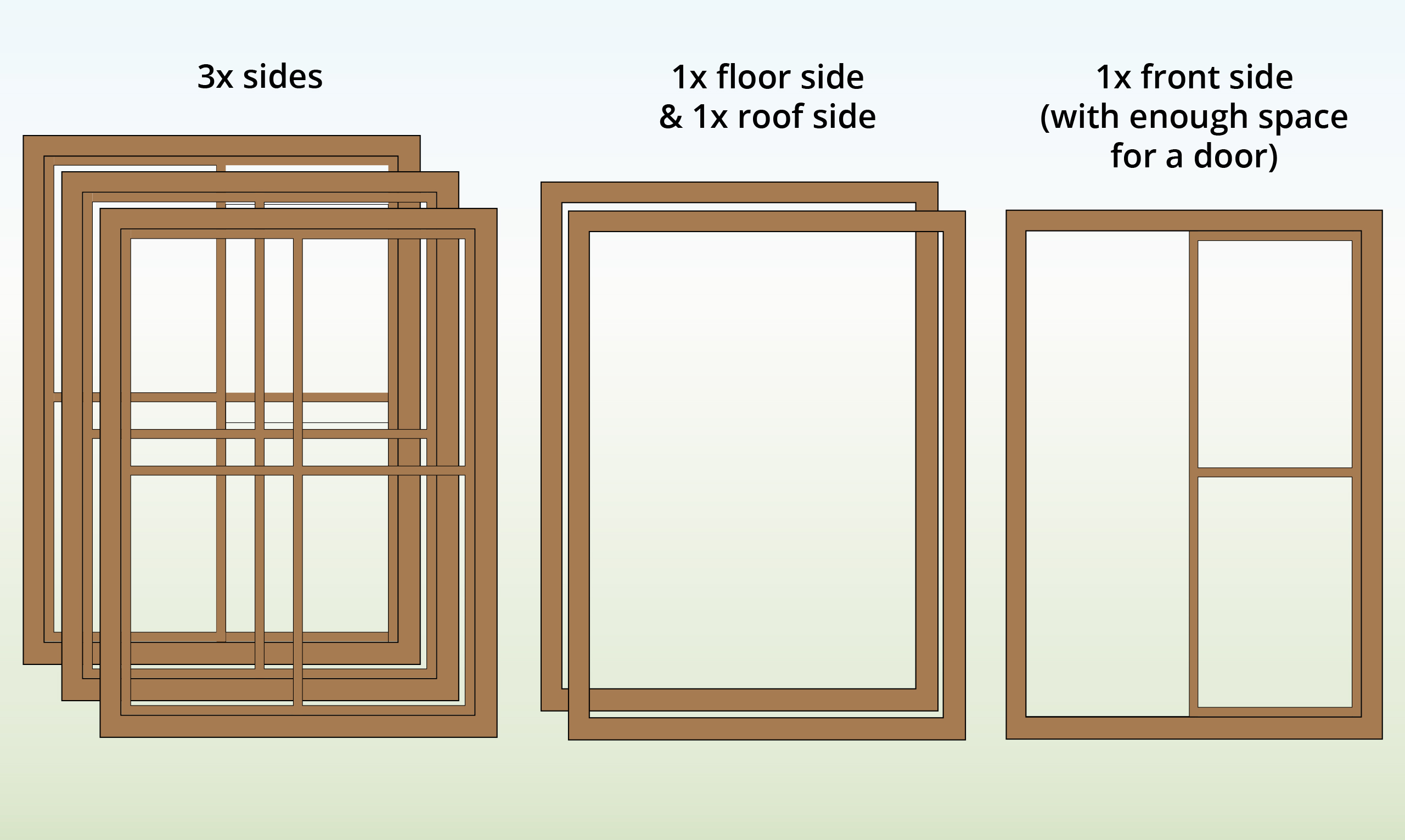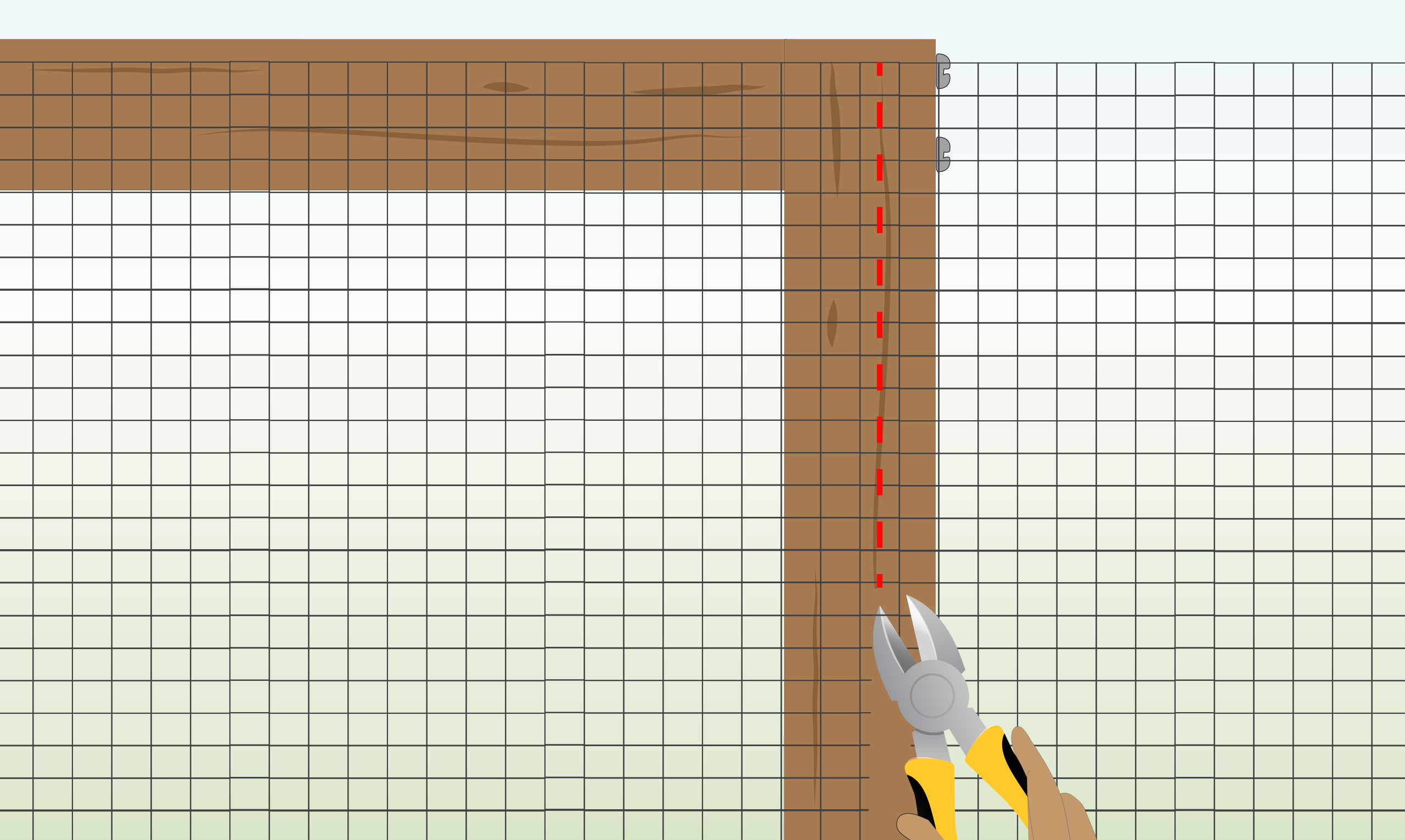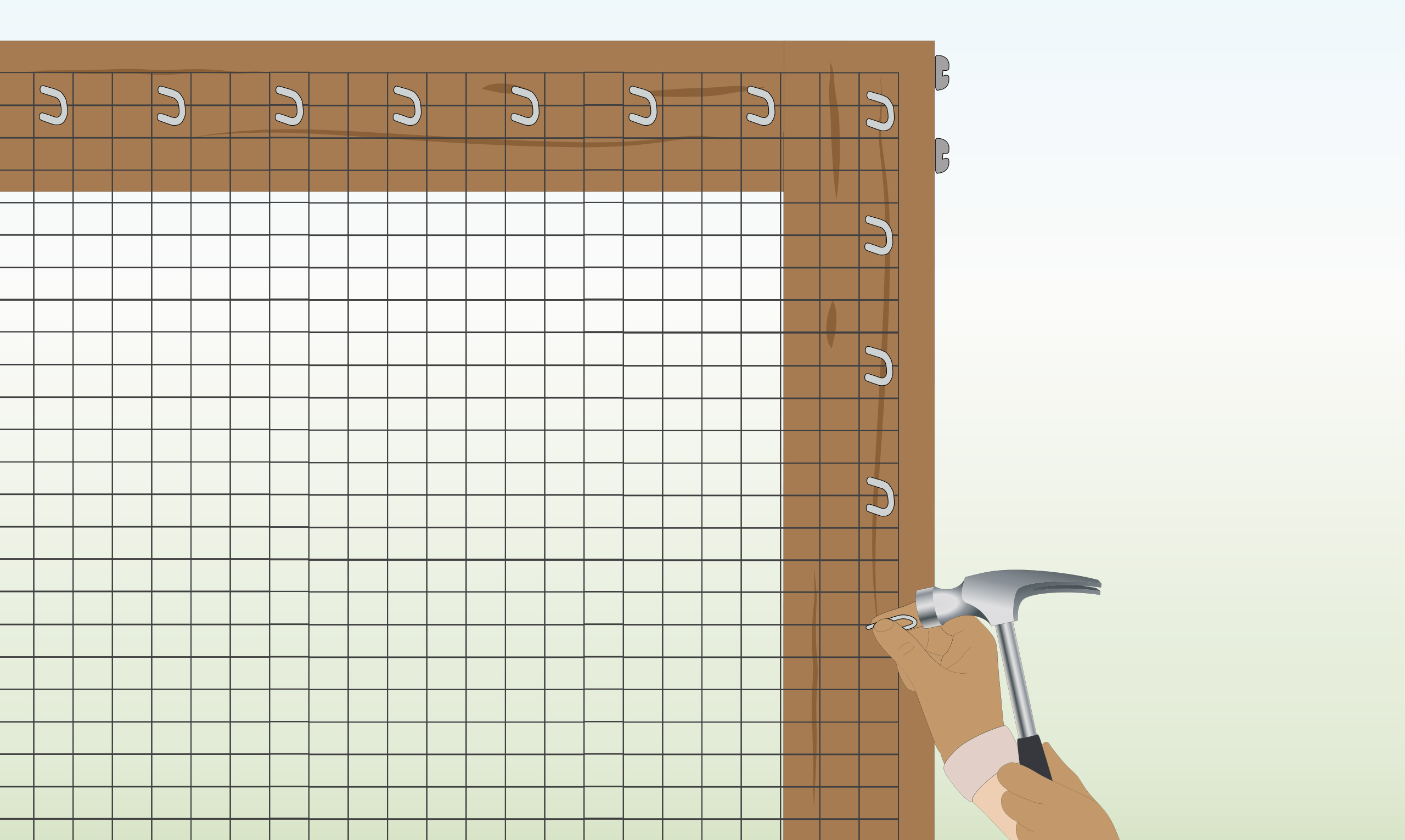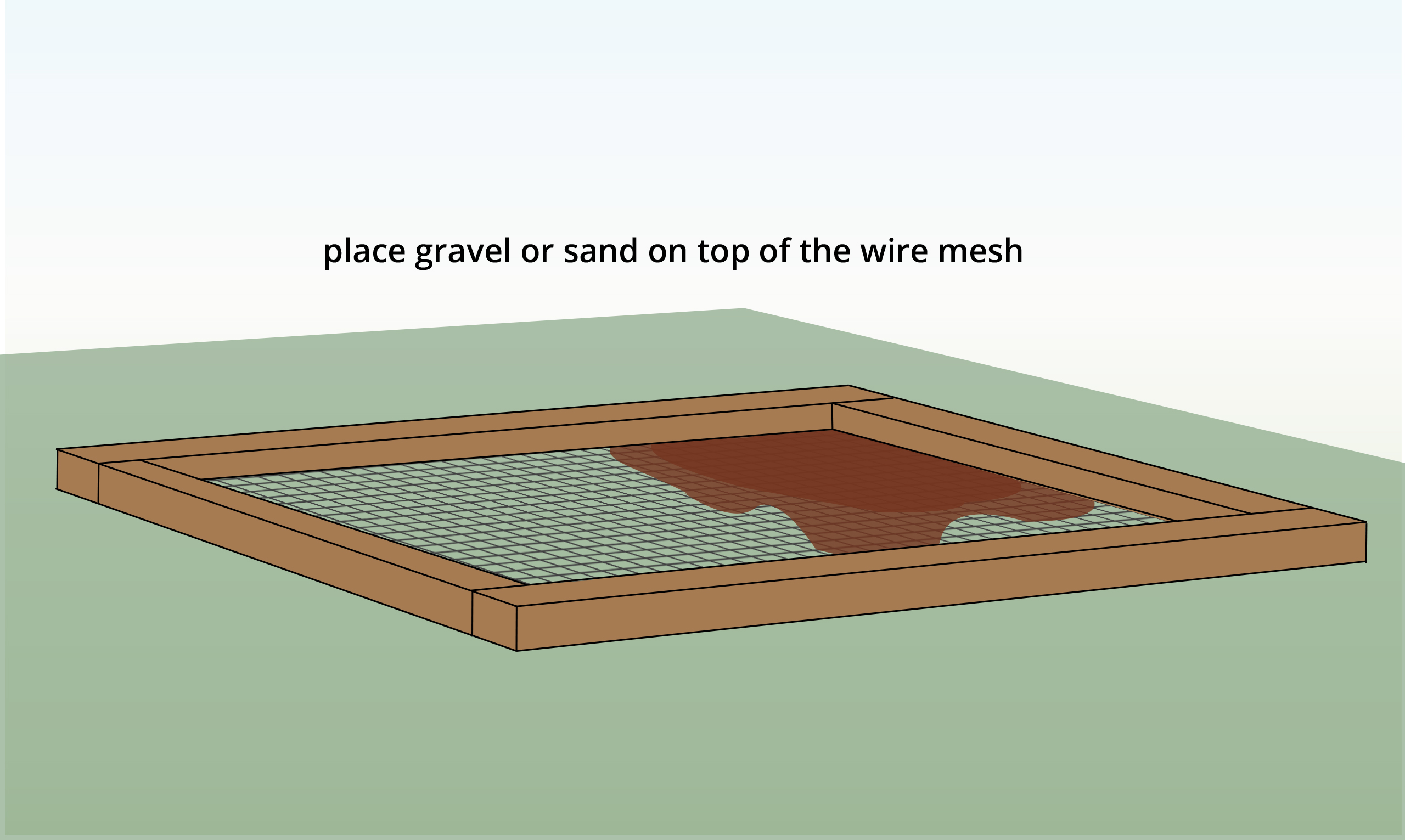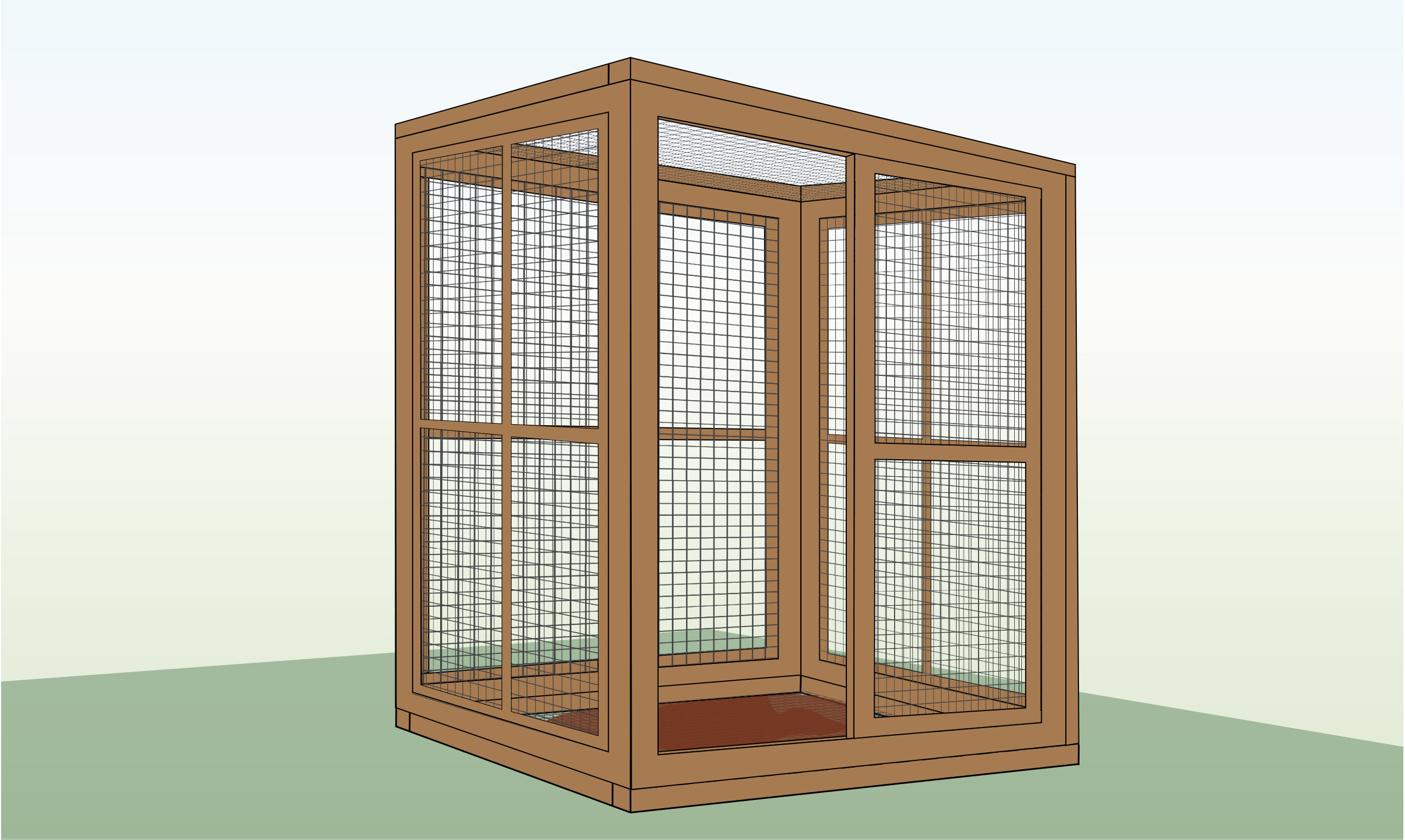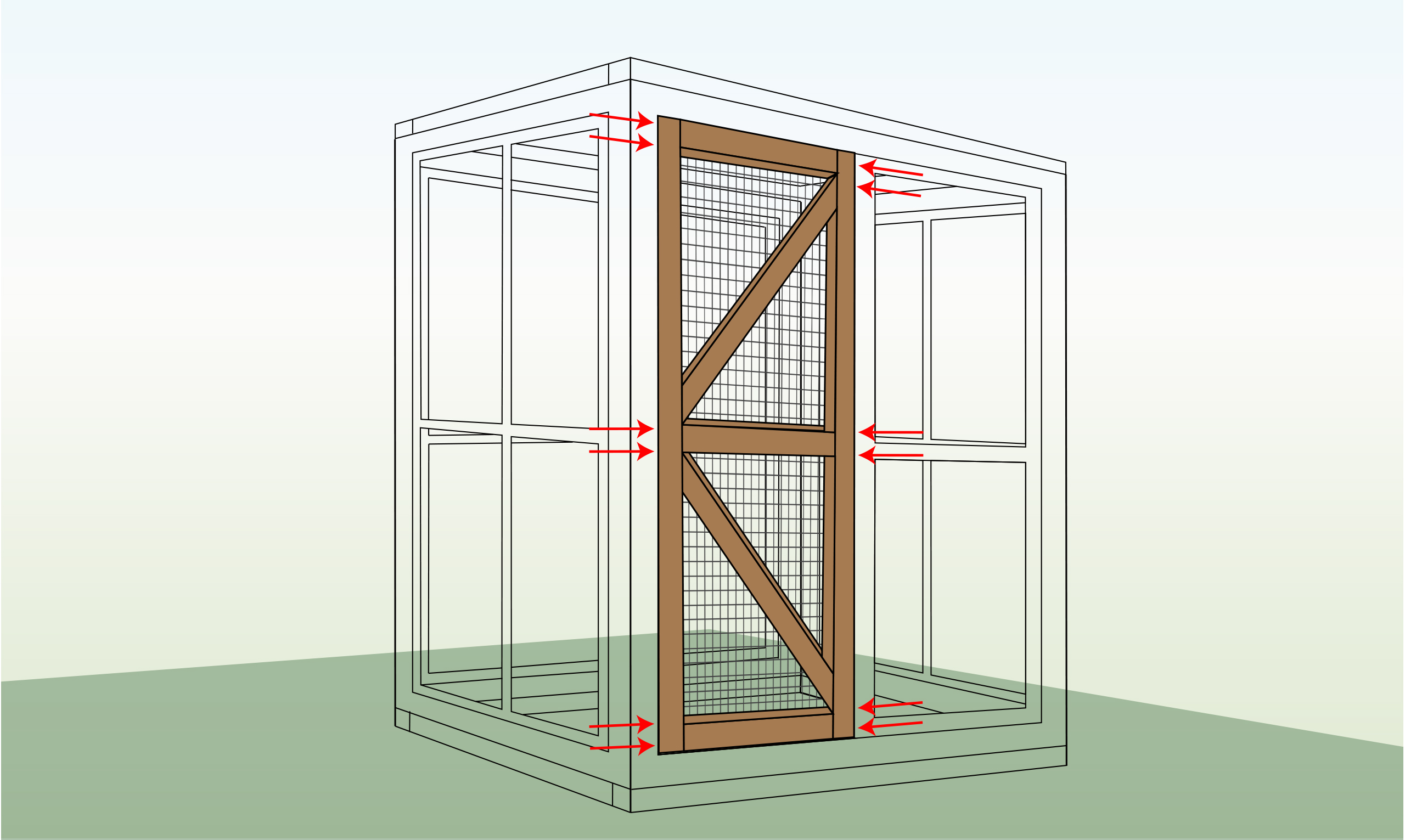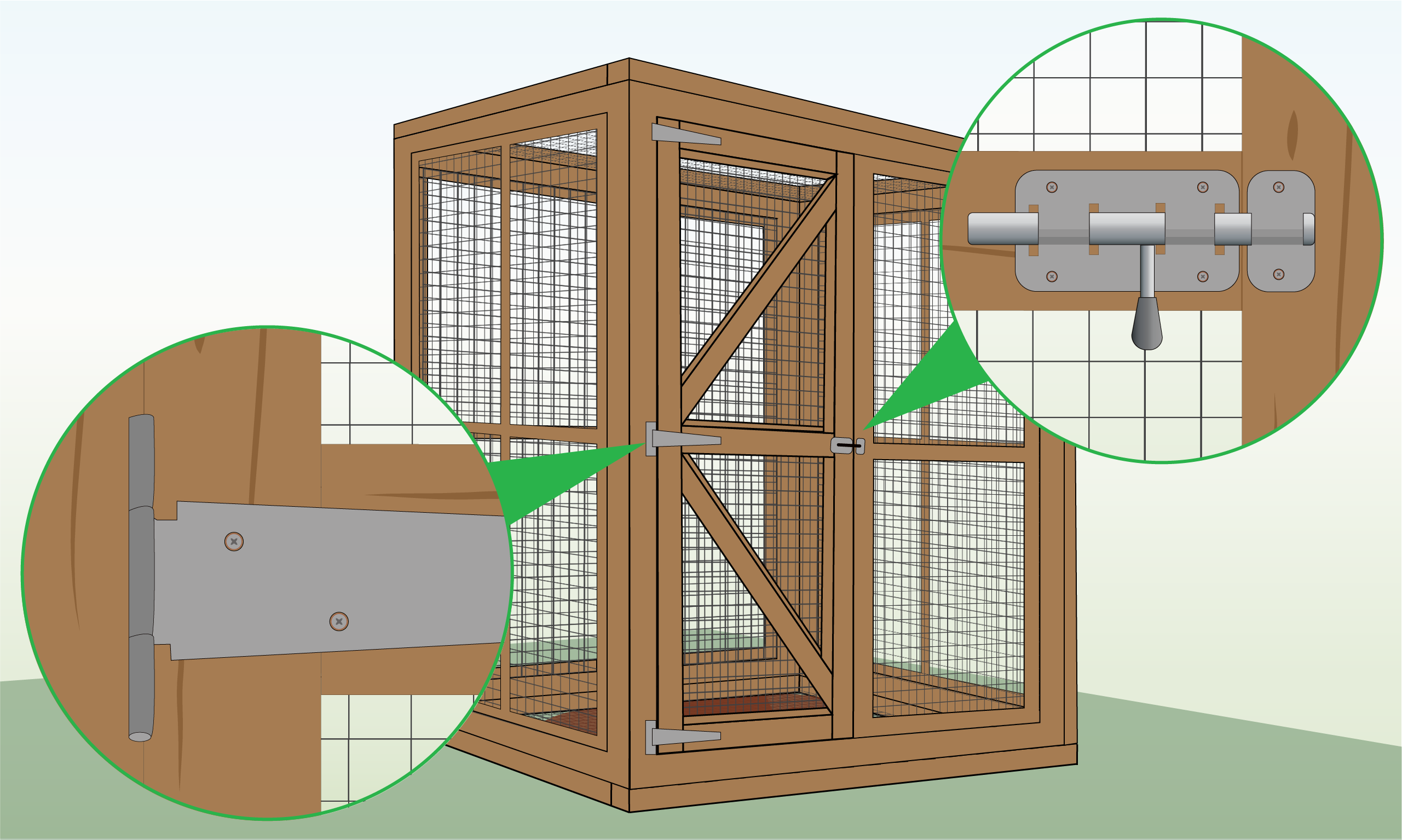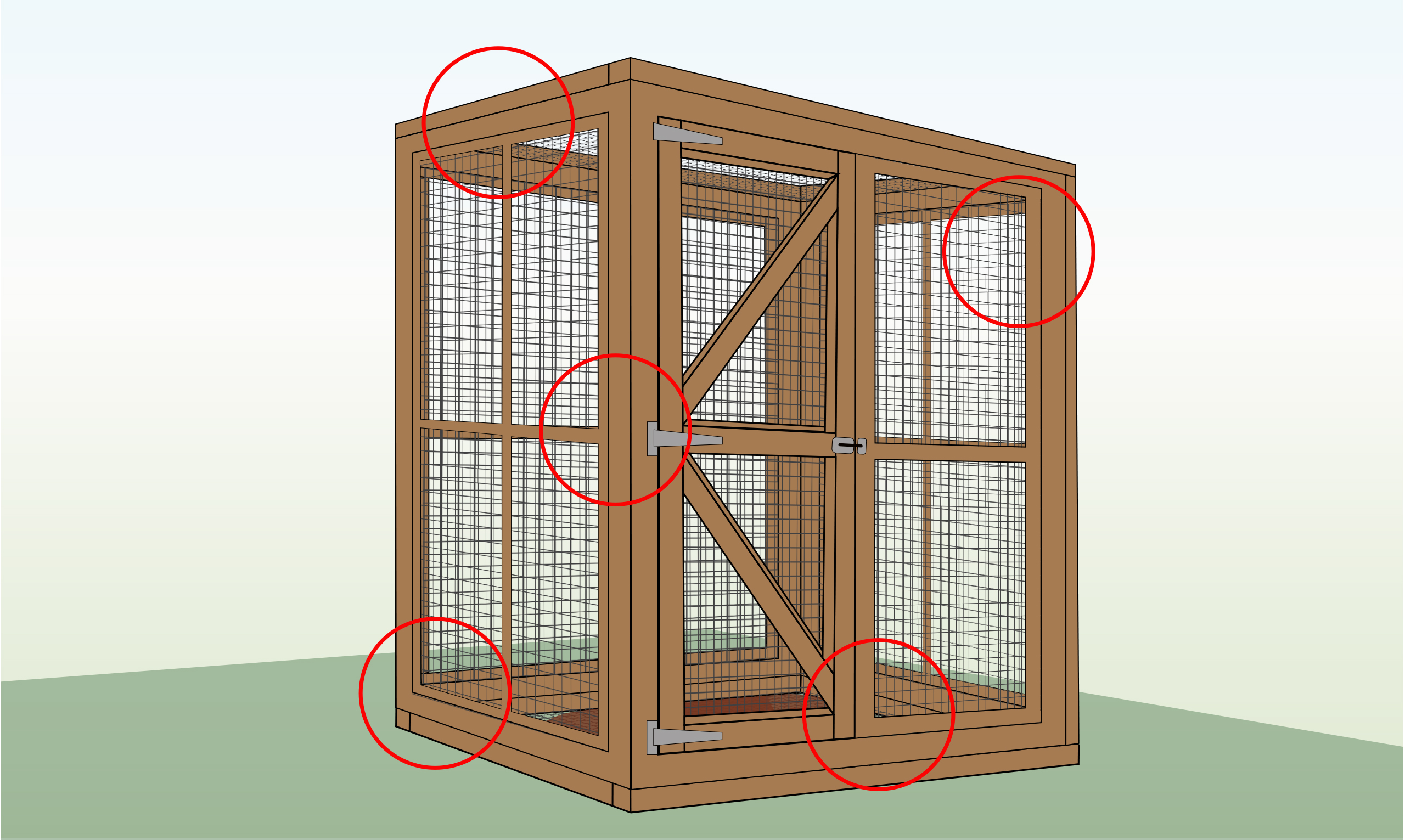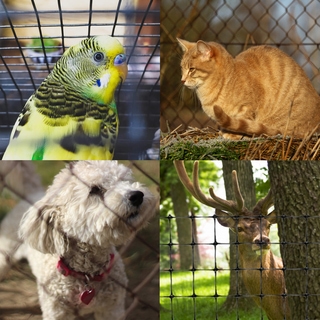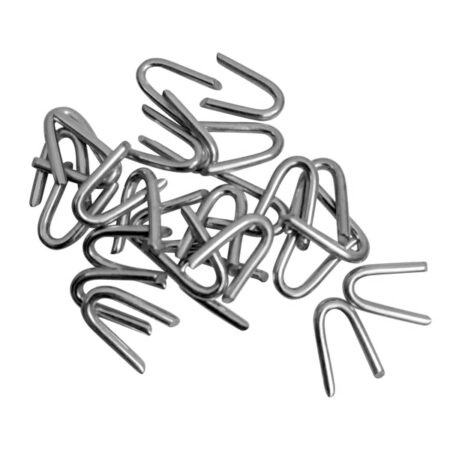Aviary Mesh
BS EN Standard wire mesh suited to making aviaries for large or small birds. The Aviary mesh is corrosion resistant making it suitable for both indoor or outdoor bird aviaries.
- 13mm x 13mm mesh for small birds
- 25mm x 25mm mesh for medium birds
- 50mm x 50mm for owls and birds of prey

Helpful Aviary Mesh Information
Installation Instructions
| To Do | Explanation |
| Step 1 – Calculate & Plan Design
|
Measure your space and design your aviary accordingly.
Calculate its volume based on your birds’ size and quantity, aiming for sufficient room for flying. Also, plan and construct a door for easy cleaning access. |
| Step 2 – Determine the Appropriate Hole Size & Gauge
|
Depending on your bird’s size, you can use:
– 13mm x 13mm holes for smaller birds like finches, budgies, doves, canaries, etc. |
| Step 3 – Measure Wood
|
Take your treated timber battens along with a tape measure. Proceed to measure and mark the sections required to form the structural frames of the enclosure. |
| Step 4 – Cut Battens
|
Use a stable surface to lay the battens on as you cut them to size with a hacksaw.
Ensure you wear protective gear during this process for safety. |
| Step 5 – Join Battens Together
|
Use a utility square to ensure that your angles are precise. For an initial hold, consider using glue as you join the battens together with wood screws and a drill.
Important: Pre-drill and countersink your joints to achieve a flush and securely finished result! |
| Step 6 – Construct Frames
|
Follow your design plan and step 4-5 to craft all the necessary wooden frames for construction (create frames for both the roof and the floor).
Remember to allocate sufficient space for installing a door. |
| Step 7 – Measure & Cut Mesh
|
Spread out the wire mesh over the frames and cut it along the wood, ensuring that the mesh extends beyond the wood to accommodate space for attachments such as staples.
|
| Step 8 – Attach Netting to Frames
|
Use staples spaced at intervals no greater than 15cm and hammer them into the wood, securing the netting to the frames. Ensure that each side of the aviary, including the bottom, has a corresponding piece of wire attached. |
| Step 9 – Create a Floor
|
While it’s possible to construct a concrete base for your aviary, this option demands considerable effort and is best suited for larger outdoor aviaries that necessitate a robust foundation. For standard outdoor aviaries, simply place gravel or sand atop the wire mesh. |
| Step 10 – Join Frames
|
Securely fasten the frames together using screws, ensuring a minimum of 4 points per side.
Important: Make sure the mesh attachments are facing outwards. Note: Pre-drill and countersink your joins for a flush and secure finish! |
| Step 11 – Create Door
|
Keep in mind that you’ll need to enter the cage for cleaning, so it’s better to have more space than less.
Construct the door in a similar manner to the rest of the structural frame, but include diagonal braces to enhance its durability. |
| Step 12 – Attach Door
|
Affix three latches to the wooden frame using screws.
Additionally, screw in a latch to ensure the door remains securely closed. |
| Step 13 – Check for Weak Spots
|
Your aviary should be ready now. Thoroughly inspect all sides and joints to ensure that the frames and mesh are securely attached. Ensure there are no gaps anywhere that birds could escape through, and verify that the door closes securely. You’re now ready to begin furnishing the aviary! |



